|
Most writers I know prefer to outline their stories by hand. This includes greats like J.K. Rowling, as the above image of her Harry Potter and the Order of the Phoenix outline attests to. I myself am a hybrid outliner. What this means is that I like to write a rough outline by hand, and I usually do the same for my timelines, but I prefer to write my character bios / descriptions and series bibles out using a word processor. Then I print out everything I need and just use staples, glue, and magic to bind it all together. Now, every author has their own unique way of doing things, so I can only explain what works for me personally. Feel free to try it my way, and if it works, great! If not, then by all means try something else until you find what works best for you. SIMPLE PLOTTING : Simple is Elegant I don't tend to get into too many details with my plots, as I like the freedom to write without too many constraints. My habit is to think of my beginning (A), middle (B), and end (C) of the story that I'm thinking of. Then I have my character bios sheet handy, with character motivations and important character events written down for each character. At this point, my goal is simply to start writing and try to get from point A to point B to point C. It's really that simple. Kurt Vonnegut once stated that there were two kinds of writers. Swoopers and Mashers. He said: “Swoopers write a story quickly, higgledy-piggledy, crinkum-crankum, any which way. Then they go over it again painstakingly, fixing everything that is just plain awful or doesn’t work. Bashers go one sentence at a time, getting it exactly right before they go on to the next one. When they’re done they’re done.” When I first set out to be a "serious" writer, I tried the Basher method of being meticulous and writing everything according to an extremely detailed outline. It just didn't work for me personally. I found that I had more trouble with the rigid plotting when I decided to change something later on in the the story -- thus affecting overall continuity of events to the point where I had to do a lot of painstaking revising of the entire plot. It was more work than it was worth. After that, I moved to more of the Swooper school of writing. Nowadays I tend to feel that extremely detailed plot outlines bog me down too much. Other writers seem to like them. So just try to get a feel on what suits your needs as a writer and an artist. TIMELINES ARE MINI OUTLINES WITH DATES & TIMES Many of my novels play around with the sequence of events during the time frame the novel takes place. With my BITTEN series, for example, I have multiple stories happening simultaneously, but each is slightly askew from the other in terms of the overall timeline from when the Resurrection Virus starts to when it consumes the world and the aftermath of it all. So I needed to keep track of what happens when and where for the overall series. I deliberately keep my series timeline simple -- and use it as a cheat sheet just to make sure my dates are lining up. I like to create a box with an arrow pointing to a timeline of dates to know what order the event occurs in the overall story. Within these boxes are a series of events, but the extremely stripped down version -- no more than a sentence or two. Below is my series timeline for my BITTEN books. Just a fair warning, it contains minor spoilers for those that might not want to know what happens. Of course, I've deleted the big tent-pole events and left only basic plot points (obviously). A Series Bible with Character Bios!
In television, a "series bible" explains everything the show runner aka series creator wants to include in their universe. It can include all sorts of notes, made up languages, to terminology specific to their genre, to potential names for characters, to plot points, character descriptions and bios, and everything in between. I wrote a short world bible for my Bitten series explaining that I wanted the Resurrection virus to be rooted in real science. It includes my research on viral strains and diseases and what the Resurrection virus would be exactly. My series bible includes a character biography section which has the character, their name, their height, build, eye color, hobbies, job, and quirks listed. After this is the characters goal or motivation in the story. I close the bio out describing what key events the character will take part in and how they will die -- if they are one of the ones I am planning to kill off. Of course, sometimes I deviate from the series bible (as with the plot outline) when a better idea comes along. So, now you know the rest of the story! Or, at least you know one author's preference in how to go about crafting an original plot outline. I hope this inside scoop helps you take the crucial step in creating your own original plot outline. Best of luck!
0 Comments
Leave a Reply. |
Tristan VickBy day I am an educator and a cultural ambassador. By night I entertain notions of being a literary master. In reality I am just a family man and ordinary guy who works hard and loves writing just about as much as I love my family. Just about. AVAILABLE NOWNEWSLETTER
|
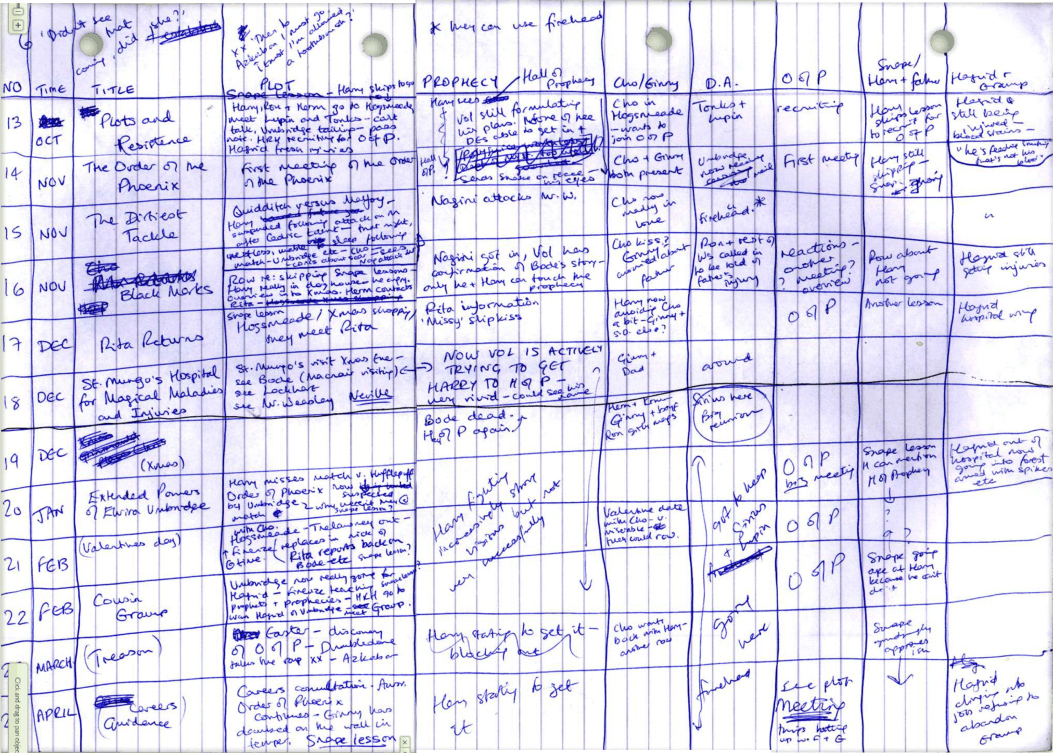
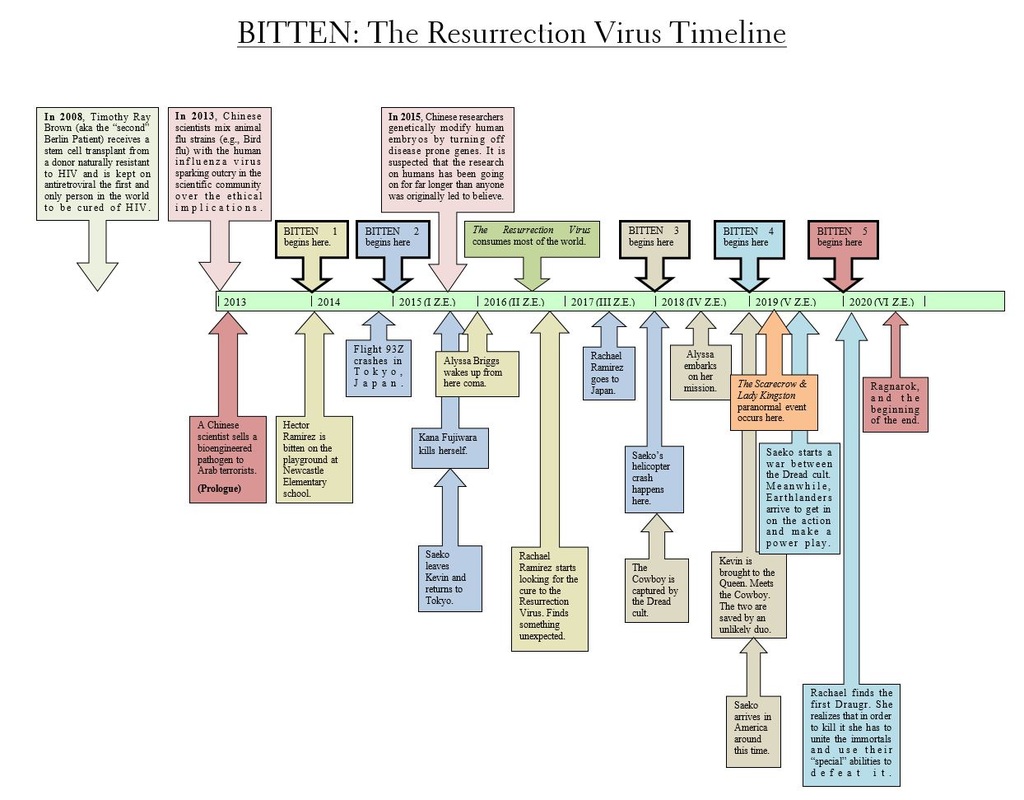


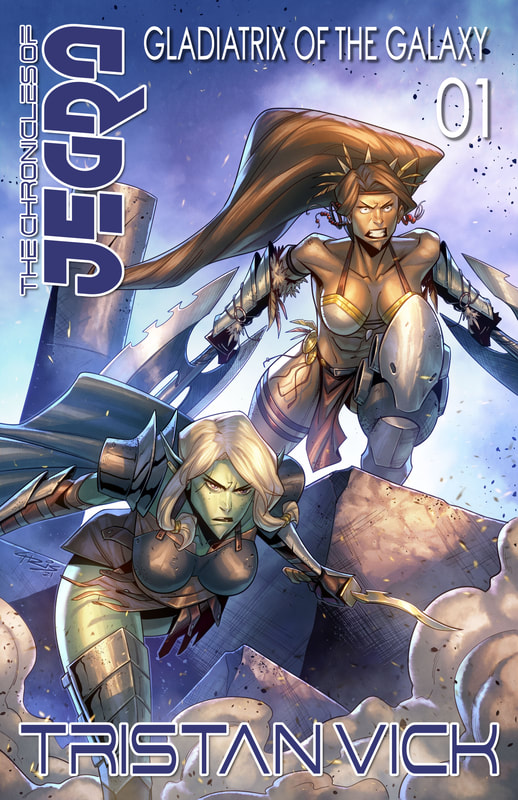
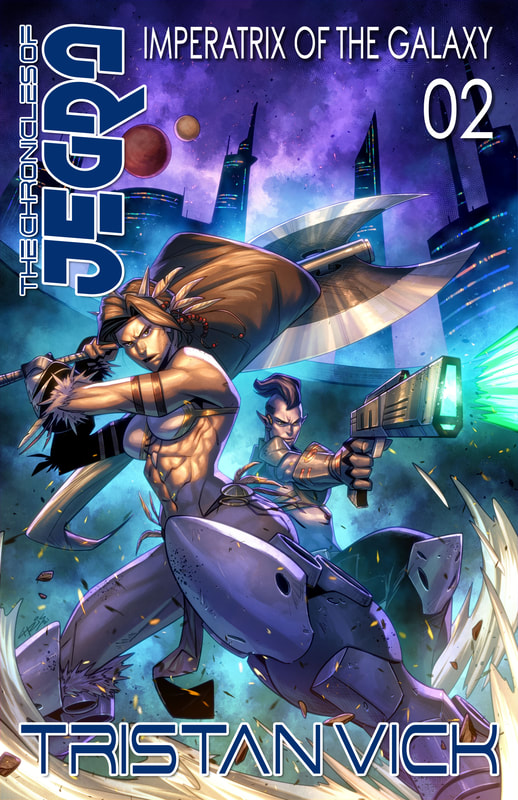
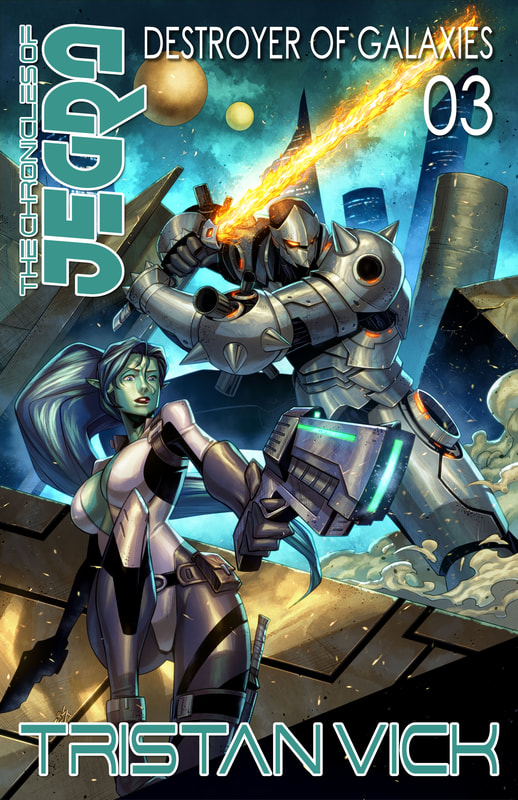
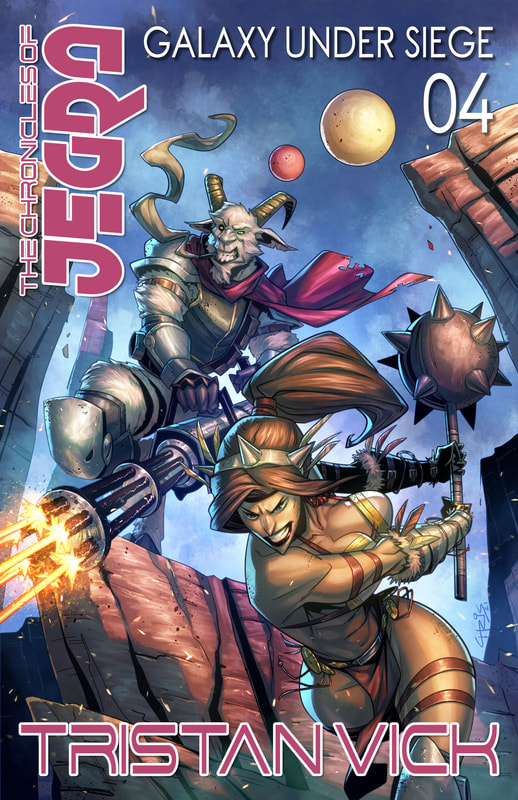
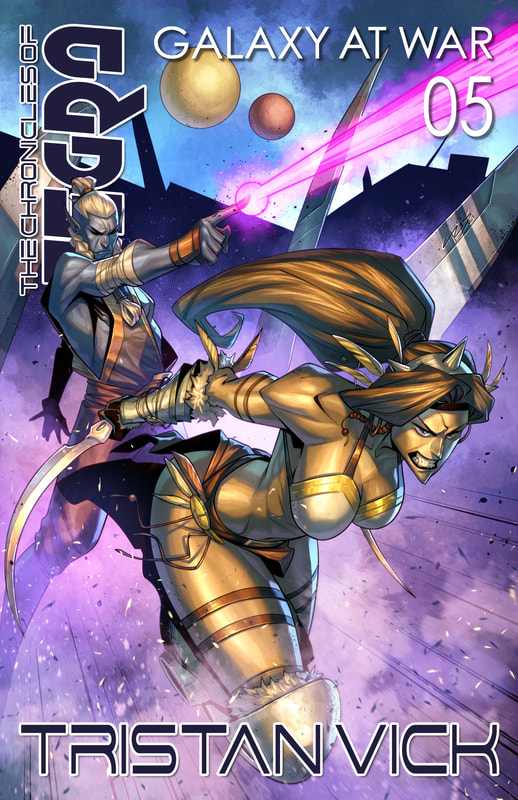
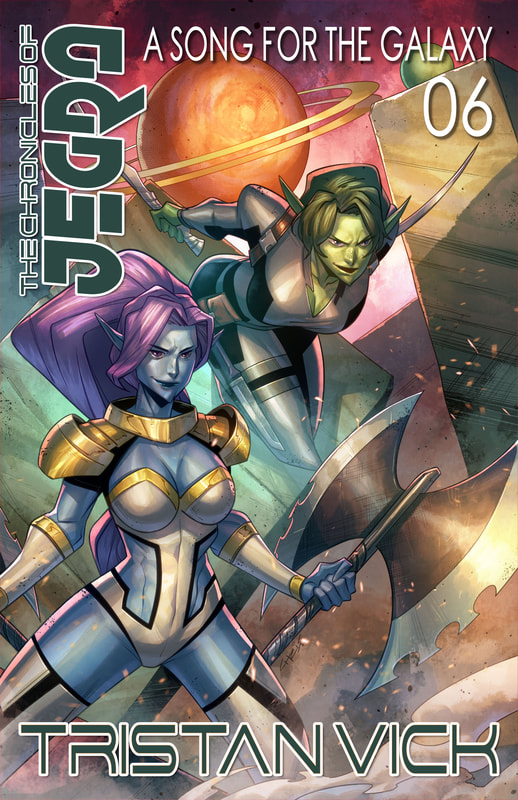
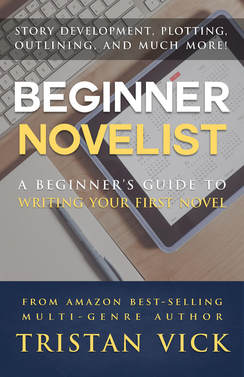
 RSS Feed
RSS Feed

